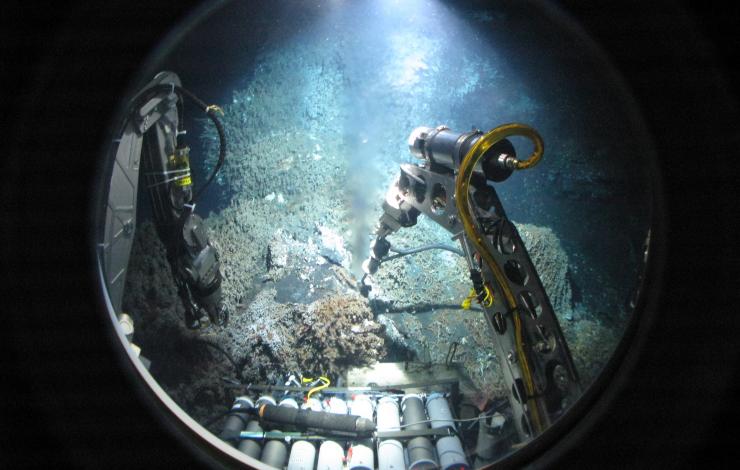A paper just published in Nature Geoscience shows a newly recognized role for hydrothermal vents in the global carbon cycle. This new research, by PMEL/JISAO researcher David Butterfield and colleagues, shows that hydrothermal vents may act as a recycling and decomposition system for dissolved organic carbon (DOC), an important constituent of the global carbon pool. The scientists found that high temperatures, like those found at hydrothermal vents, can effectively remove DOC not broken down by other processes, like microbial or sedimentary degradation. The implication for the global carbon cycle is that hydrothermal vents act as the ocean’s ‘pressure cooker’, breaking down and removing unreactive and old carbon that would otherwise persist indefinitely.
Read more about PMEL’s Earth-Ocean Interactions Program or the article in Nature Geoscience.



